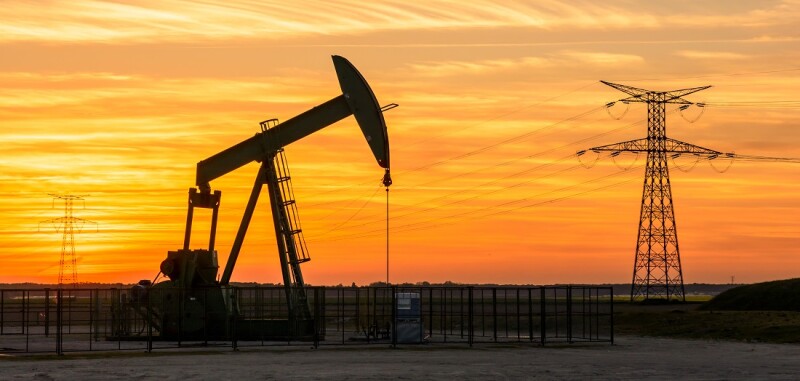Faced with a potential electricity shortage in its largest oil and gas production hub, Texas has made a power move of sorts. On 26 September, the Public Utility Commission of Texas (PUCT) unanimously approved the final version of its Permian Basin grid reliability plan that could lead to billions of dollars in power infrastructure projects.
PUCT said the plan outlines the transmission investments needed to support the growing electrification of oil and gas developments in west Texas, along with the region’s communities.
“The Permian Basin is the heartbeat of our state and nation’s energy dominance and economy. This plan is a roadmap that will ensure electric reliability in the region for decades to come and facilitate critical transmission infrastructure investment that will ensure the continued success of Texas’ oil and gas industry and support the region’s local communities and our entire state,” Lori Cobos, PUCT commissioner, said in a statement.
The commission was tasked with drafting the plan under a law passed last year by the Texas legislature that mandates infrastructure improvements to both increase capacity and reduce interconnection times in underserved areas.
According to the state’s primary electric operator—the Electric Reliability Council of Texas (ERCOT)—demand in the Permian is on pace to reach 26 GW by 2038. This would represent nearly one-third of the current summer demand across the entire ERCOT system.
Estimates released earlier this year by ERCOT suggest that the reliability plan could cost around $9 billion by 2030, with costs potentially rising to between $13 and $15 billion by 2038 depending on the high-voltage transmission lines selected to import power into the Permian. Regardless of the upgrades chosen, ERCOT said the plan would require at least $4 billion in local power infrastructure upgrades over the next 6 years.
The decision follows years of weather- and demand-driven events that have strained the Texas grid, as well as an industry study submitted to the state last year by the financial information specialist S&P Global.
The report mirrors a paper S&P presented at the 2023 Unconventional Resources Technology Conference (URTeC) which found that nearly 90% of the Permian’s oil fields would need to run off grid electricity for producers to meet emissions targets within the next decade.
The study, conducted for six of the largest oil and gas operators in the Permian Basin—including Chevron, ConocoPhillips, Devon Energy, Diamondback Energy, ExxonMobil, and Pioneer Natural Resources—also involved regulators from the Texas and New Mexico grids.
The issue of electrification was raised in the most recent quarterly survey of the upstream sector conducted by the Dallas branch of the US Federal Reserve Bank. Nearly half of respondents indicated they have no plans to electrify their operations, while only 18% said their fields are fully electrified. Another 31% reported plans for partial electrification, and just 6% said they aim to fully electrify their sites.
The Dallas Fed survey results provide a snapshot of the Permian oil field based on the responses from 76 exploration and production (E&P) companies and 35 oil and gas service providers taken between 11 and 19 September. Small E&P firms, defined by the Dallas Fed as those that produce fewer than 10,000 B/D of oil, accounted for 58 responses, while large E&P firms, producing 10,000 B/D or more, submitted 18 responses.
When asked about the biggest challenge to electrification, 29% of Permian respondents aiming to shift to electric-powered equipment pointed to “uncertainty about future access to the grid.” Among those not considering the switch, nearly half cited high costs as the primary barrier.
One rig contractor noted, “Most of our rigs are capable of running off grid power, but the logistical (regulatory and permitting) hurdles that our customers have to go through to bring power to the rig is formidable and expensive.”
Other service providers highlighted long lead times for interconnections, ranging from 12 to 18 months, as well as concerns over competing power demands from cryptocurrency mining and data centers supporting artificial intelligence.
“Our operations are far too mobile and fast paced to install the necessary electrical infrastructure for operations,” said another respondent. “Additionally, suppliers are currently not making electrical options for many of our types of machinery.”
